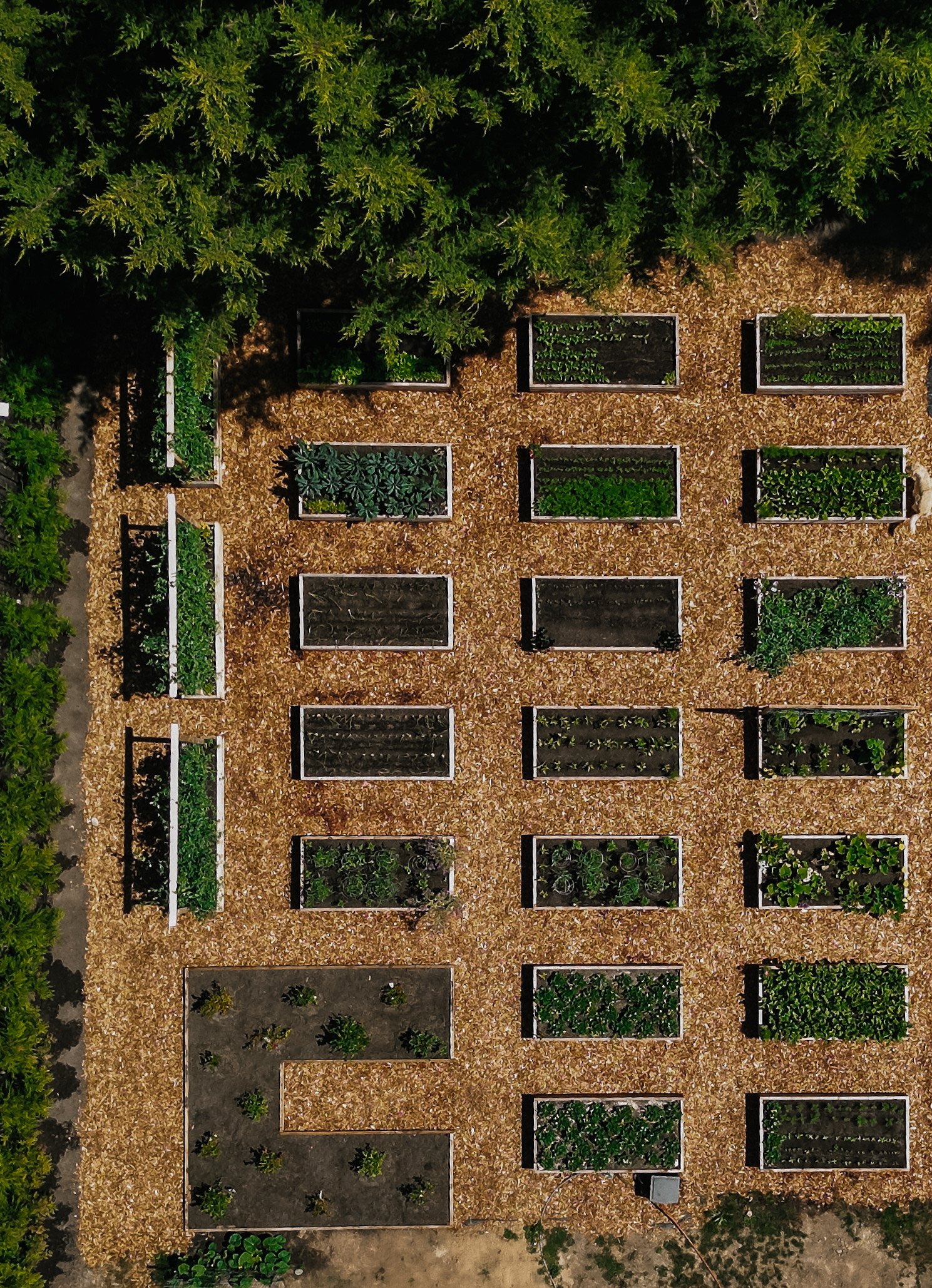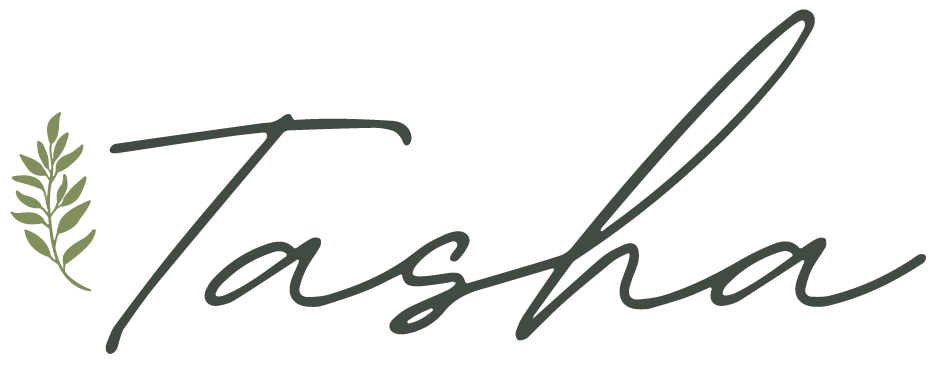Our 2024 Garden Plan Reveal
Check out my Garden E-Book!
Did you know I wrote an e-book? It’s perfect for beginner gardeners in their first 3 years of gardening. Check it out and purchase my e-book here!
It’s our 2nd year growing in this garden! We moved a year ago and built this garden right before the 2023 season. We gardened for 9 years previously at our old home with a 1/4 of the space. We all start somewhere and you learn by starting! I’m proud of you for being here.
The garden has become a special place for our family — listening to the birds, harvesting food we’ve grown and watching our children roam around and pick their own vegetables.
It’s not all sunshine and rainbows, though! We have done a lot of trial and error and it’s taken almost a decade of gardening to know what we like to grow and what varieties make sense for our zone.
Before I dive into this year’s garden plan and layout, I wanted to touch base on a few things that have helped us ahead of planting. Grab some tea, coffee or wine and get reading!
1. Garden journaling
I wish someone told me this 10 years ago! Whether you invest in a garden journal or use a notebook you already have in your home, creating a garden journal is one of the most valuable things to do. We are constantly learning in the garden and year after year we forget what we have planted or tried, so journaling about it can help you succeed.
2. Grow what you love to eat!
We usually choose to grow vegetables we eat a lot of — because after all, it should be about saving money, too! We plant foods that are easy to grow, and always have a few “fun” seeds each year like candy cane beets or easter egg radishes. We also look at what month seeds should be planted, how much sun they need and how long they take to germinate. It’s also good to look into companion planting. This may give you ideas on what to plant and what does well together especially if you’re just starting out.
3. Organize your seeds before you buy new ones
First, look at the seeds you already have and mark down the expiry dates. Compost the ones that are no longer good. It’s easy to buy WAY too many seeds, so this is a good first step. Victoria’s climate is quite warm and we are in zone 9b. We are fortunate that we can grow a spring, summer and fall crop! We organize seeds into the three seasons before we plan the garden layout. The goal is to have a continuous garden growing from April-November. We even have some kale and chard that grow all winter long, to eat in March.
4. Plan your garden beds/rows
Read the seed packets and look into each vegetable to make sure you know the germination rate, height of the plant and how much room it needs. Remember to look into what vegetables you can’t plant in the same spot over and over again like mustards or the cabbage family (which also includes bok choy, broccoli and more). Height is very important — for example, there are snap peas that can grow 6-8 feet tall! You don’t want to block the sunlight for something growing beside or in front of it.
Garden layout
Below is a photo of our garden layout and what we will be planting in each bed. We understand we have a very large garden and some boxes are just ONE vegetable. If you want to grow one thing in a box like spinach or lettuce, make sure to succession plan! I will break down what we will plant in each box below and also add suggestions for companion planting if you are fitting in multiple veggies in one box.
From the North to the South (top to bottom)
Row 1 (3 boxes in the back)
Peas+ beans followed by lettuce- This will be our second year growing a wall of peas (see photo below). We had cucumbers growing in this bed after the peas last year. There wasn’t enough time for the cucumbers to take off so we will be planting lettuce in here after the peas. We will be amending the beds to be able to grow peas again in the same spot as crop rotation is key. We will do two boxes of shelling peas and one box of snap peas. We will be growing scarlet runner beans on the sides (6 plants). If you want a step by step on how we planted the pea wall, watch our youtube video: CLICK HERE.
Row 2:
Broccoli + cauliflower -these are in the brassicas family along with brussel sprouts, cabbage, collards, kale & turnips. You can plant all of these together.
Carrots + leeks- leeks help repel carrot rust flies so they are great companions. AND I have never grown leeks before, I am so excited!
Carrots + pak choi- I have pak choi in here as I will enjoy it in the spring but when it’s done I will continue to plant carrots afterwards to take up the whole bed. Succession planting carrots is important to ensure you are enjoying them at their peak flavour.
Chard- it’s always in it’s own bed, I love the look of a bed full of chard. NOTE: adding flowers to beds are so important, I will add marigolds in this bed on the north side as they grow tall
Spinach- We always do a full bed of spinach too. I plant it at the same time and harvest it all at once, we freeze 8-10 bags full for smoothies in the fall + winter
Row 3:
Strawberries X 2 boxes- these are perennial and live in these beds all year. These are everbearing plants and will last 3 seasons. This year I will be keeping all the runners and creating new strawberry plants to plant in the 3rd year depending on the production this year.
Zucchini + squash- I will be growing green zucchini, butternut squash + spaghetti squash this year in this bed. I always add alyssum flowers as companions as it attracts the pollinators. I may also plant a few radishes and let them flower as the radish flowers repel most pests that like squash.
Bush beans- they will be in their own bed again. I had great success ignoring the spacing rule and growing 6 inches apart.
Beets followed by lettuce: We love beets and dedicate a box to beets, I will plant lettuce in this box as I harvest taking me into the fall.
Kale + sage- we have a sage planted in this bed already (it’s a perennial herb) and I had carrots here last year. Keeping to crop rotation rules, I have added kale in here this year as sage repels the cabbage moth.
Lettuce- this bed is a cool bed all summer, getting sun 1:30pm on and I can grow lettuce here all summer. It’s important to succession plan lettuce as you can’t freeze it.
Row 4: (front row on photo):
Onions- this bed also has 4 strawberry plants in it as I had extras. Strawberries and onions are companions. I will be planting onion starts first week in March.
Tomato + basil + borage- it’s the best combo you could ask for! I am so excited to be putting up a trellis system in this bed as I am growing climbing tomatoes only this year.
Tomato + basil + marigolds- I will have marigolds on the north side as they are tall, the tomatoes will be trellised and the basil will be interplanted throughout.
Cucumber + cilantro + celery + lettuce + beans- I will be doing some lettuce and cilantro first in this bed in easly spring then the rest will be planted April/May when it’s warm
Beets + chard- this bed has chard and beets it in already that I planted in the fall. It will be perfect to enjoy spring as they are growing back right now and then I will be planting more beets afterwards
Spinach- I did another spinach bed as this will be the first bed I plant early spring as it will get more sun than the other spinach bed at the back.
Radishes- we always do a full bed of radishes (succession planting) and add radishes to different beds in the summer. Radishes are companions to beets, cucumber, lettuce, peas, spinach, squash and tomatoes. We LOVE radishes and pickling them is so good.
I hope this was helpful! I should note- I didn’t talk about three things I will be planting and that’s pumpkins (it will go over our arch), turnips (still deciding where they will go) and potatoes (I am growing in grow bags for easy harvests on our patio!
I use West Coast seeds, you can purchase your seeds online: click here. You can also see our full 2024 seed list: click here
I also wrote an e-book on how to plan and grow a backyard kitchen garden for beginners. CLICK HERE TO LEARN MORE.
I hope you enjoyed exploring my 2024 garden plan! As always if you have any questions please comment below!
Happy Planning!
* Note: Some links featured in the above post are commissionable/affiliate links.










